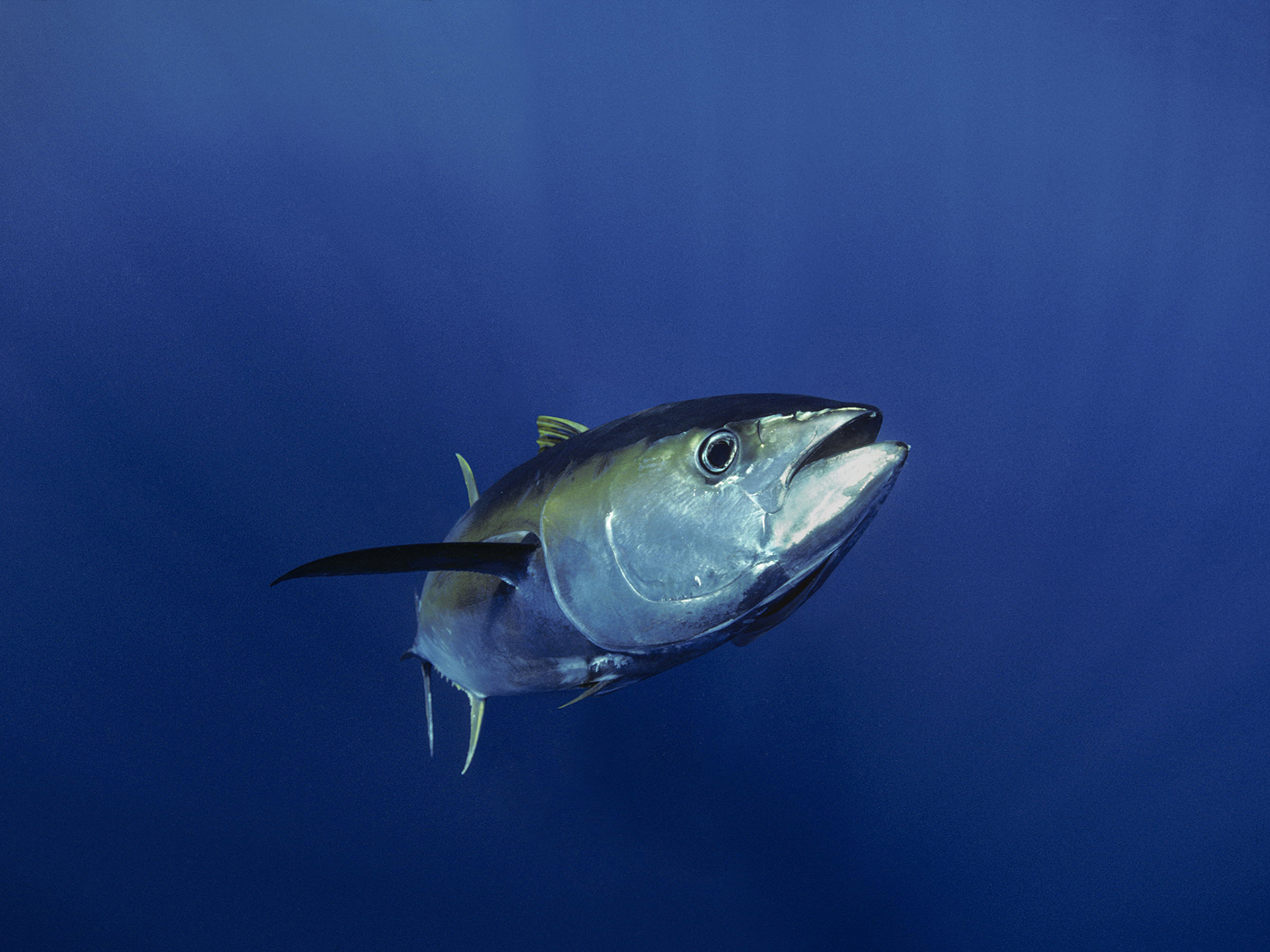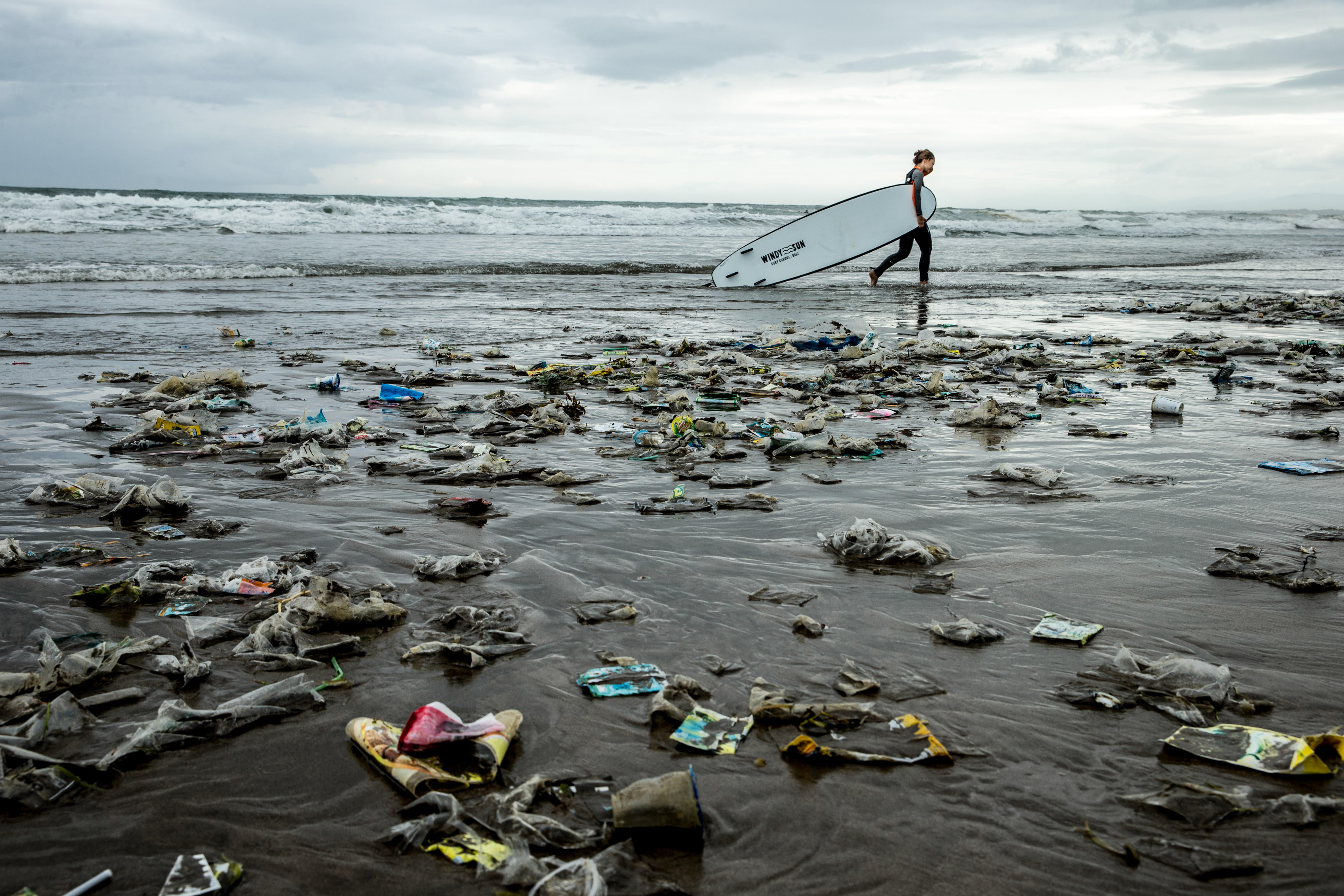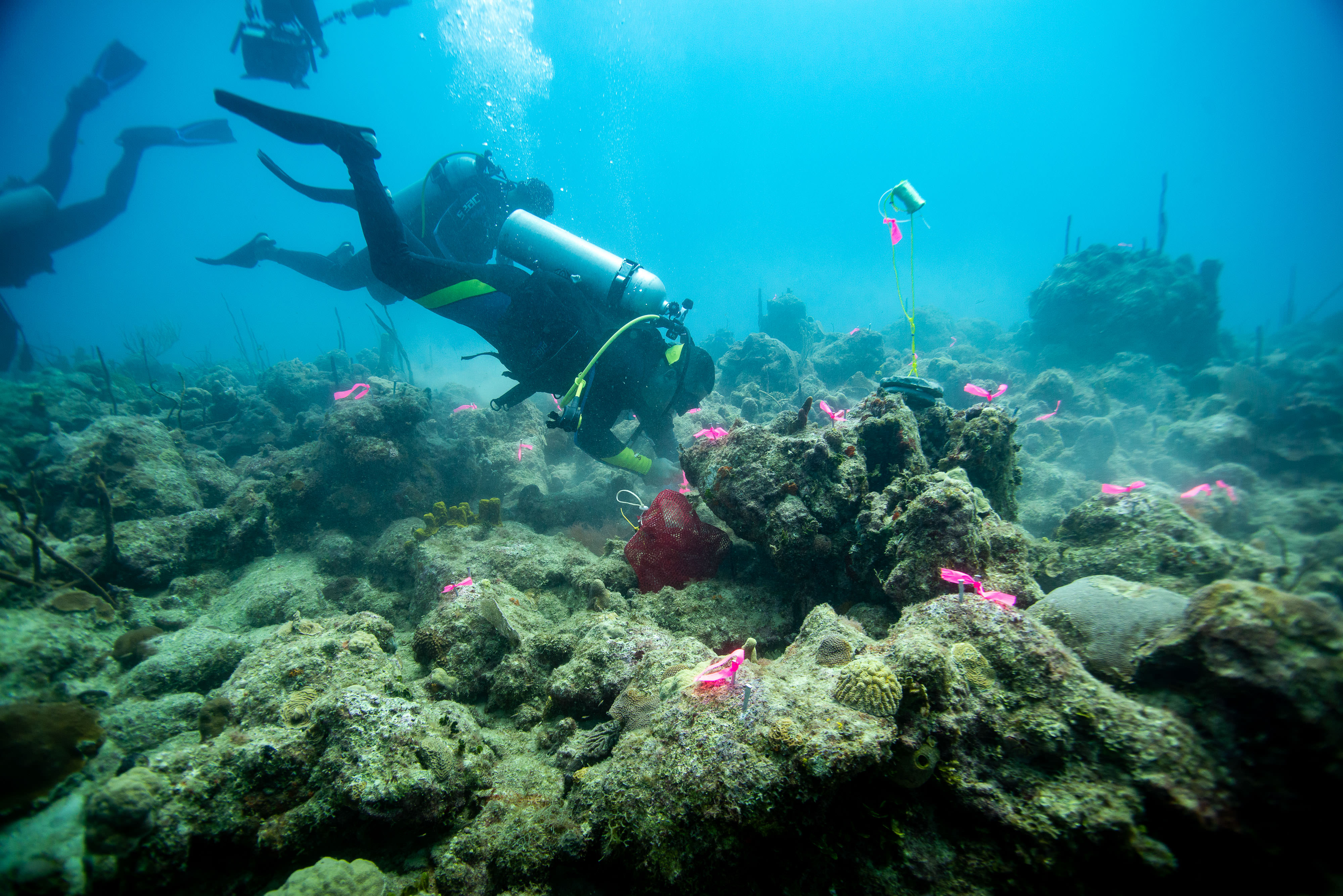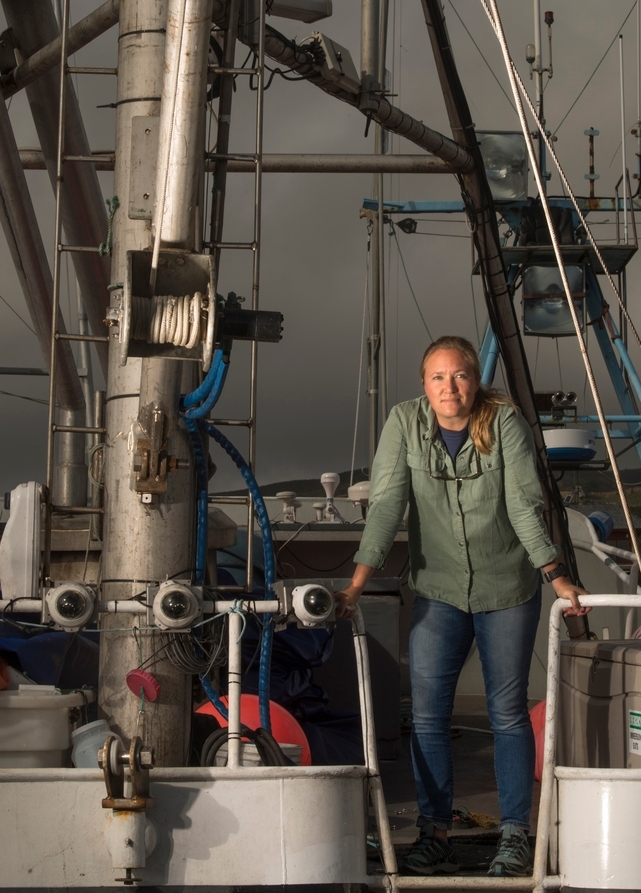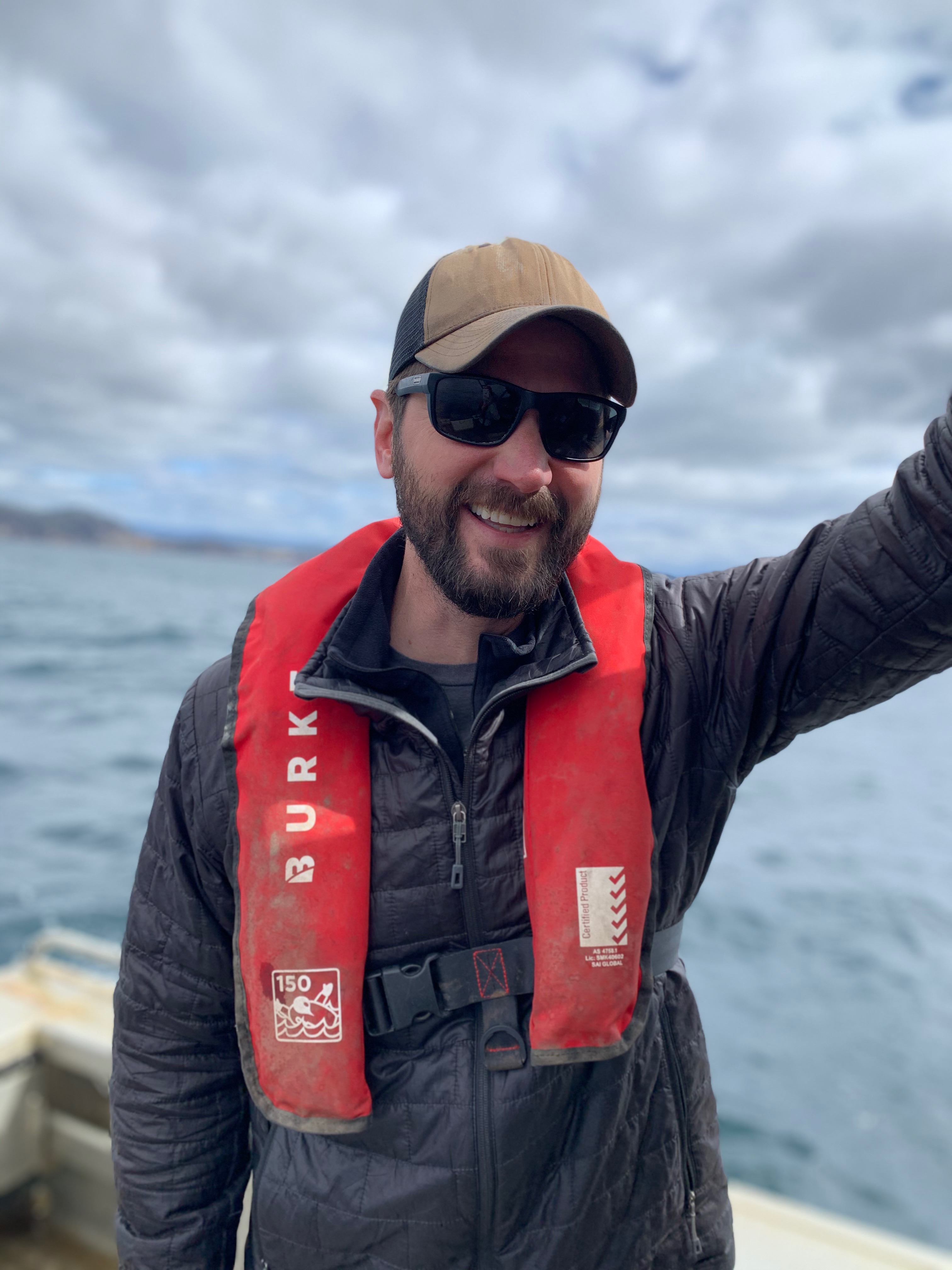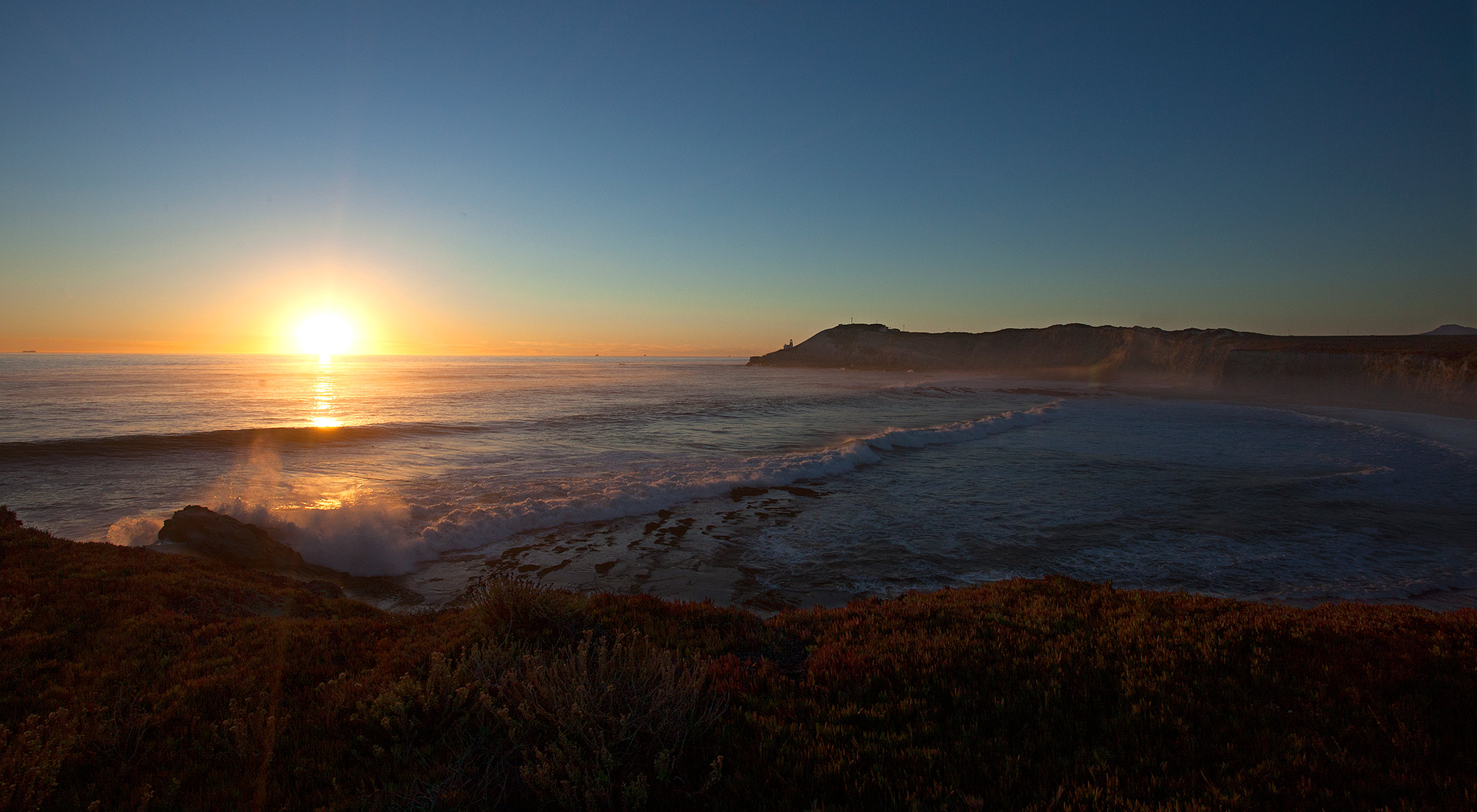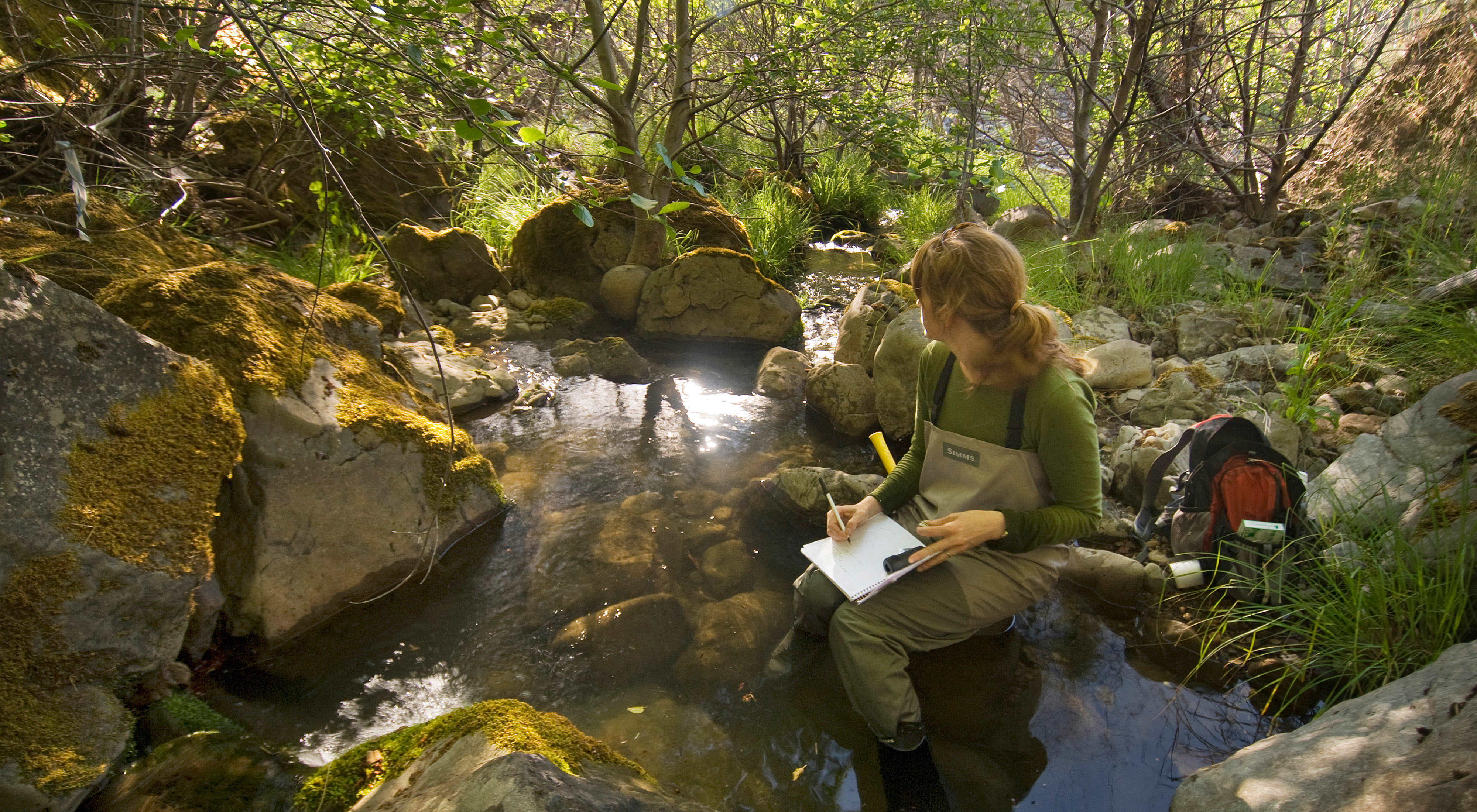Transforming Ocean Conservation in California
The world needs a new approach to protecting our oceans, and California is at the forefront.
Oceans are critical to all life on earth. Every second breath we take is thanks to our oceans and oceans are the primary source of protein for one in seven people worldwide. But our oceans are in trouble. The ocean and island ecosystems people and nature rely on are being pushed to the brink of collapse.
In California, The Nature Conservancy has a team of scientists, technologists and conservation practitioners protecting and restoring our oceans. We are showing what success looks like—not only in California, but around the world.
Nature doesn’t quit. Neither do we.
TNC's Goal: Restore Abundance in Our Oceans
Sustaining already-depleted oceans is too low a bar. We must unlock better, cheaper and faster restoration to build back ocean abundance. We are pursuing three main strategies to reach our goal.
- Recover Ocean and Island Health. Restore marine and island species, and make oceans resilient to climate change.
- Change the Way We Fish. Transform fisheries to reduce harm and protect ocean life.
- Fight Ocean Plastic. Cut plastic production and pollution.
TRANSFORM FISHERIES
PARTNERING WITH FISHING COMMUNITIES TO IMPROVE OUR FISHERIES AND OCEAN HEALTH
In California, our Fisheries Team is focused on solutions for healthy ocean ecosystems and thriving fisheries.
Some of the greatest threats to ocean ecosystems stem from poorly managed fisheries. Fisheries provide a food source for 3 billion people and directly employ over 30 million fishers worldwide, but sustainability is limited by problems that produce threats like overfishing, bycatch and habitat destruction. In California and around the world, limited public funding, capacity and data are straining outdated management models in meeting their objectives—particularly in a changing climate.
We have found that the people best positioned and motivated to restore ocean health are the ones that depend on it most: fishing communities. We work with fishermen and community leaders motivated to improve their fishery and match their expertise with our team’s cutting-edge science, technologies and unique experience. Together, we apply adaptive, cooperative management and develop innovative climate-ready fishery solutions that can better support healthy oceans, healthy fish populations and resilient fishing communities.
Our efforts in California have resulted in breakthroughs that have helped rebuild fisheries, secure coastal jobs and sustain important sources of seafood.
Our Approach is Getting Results
-
We’ve worked in partnership with fishermen and community leaders to help revitalize the West Coast groundfish fishery that collapsed over a decade and a half ago. Over the last decade we’ve demonstrated cooperative harvest practices, tested new technologies, conducted scientific research and developed new institutions to maintain fishing rights in communities. We’ve helped the California Groundfish Collective reduce its bycatch of overfished species by 50% compared to the rest of the fleet, and together we tested electronic monitoring, a technology which uses video in place of human observers on fishing vessels, to prove out a more cost-effective option for ensuring compliance with harvest regulations. In addition, our team engages in seafood market incentives to support fishing businesses for fishermen who have changed their harvest methods to provide sustainable seafood people can trust.
-
Within the California swordfish fishery, we are testing new fishing gear with local fisherman and environmental researchers to more effectively target swordfish and avoid turtles, sharks and marine mammals. Our shared goal is to apply the new gear to achieve profitable and sustainable swordfish businesses that bring high-quality fish to local California markets and reduce our reliance on imported seafood from fisheries that are less regulated. We’re now working to leverage these successes in California to begin to tackle global bycatch challenges and are exploring pathways to scale this gear to countries like Peru and Chile.
-
We are collaborating with West Coast Dungeness crab fishing communities, management agencies and scientists, to find new ways to reduce the risk of whales becoming entangled in fishing gear and improve the response to free trapped whales. Together, we are building programs to retrieve crab pots lost by fishermen during the season, training fishermen to help participate in the response to free entangled whales and have developed a tool guiding management action in times of increased entanglement risk.
-
We are working with recreational abalone divers and other NGOs to pioneer cost-effective improvements to how we manage the abalone fishery in California and beyond. In collaboration with our partners, we have developed a data collection program that relies on citizen scientist SCUBA divers and a web application that uses image recognition technology to analyze photos submitted by any of the 25,000+ abalone divers in California. We developed a ground-breaking, climate-ready management framework that can integrate harvester collected data sets and other important streams of information to assess stock health and improve decision-making.
Through this work, we are advancing climate-ready fisheries management by working closely with partners, testing innovative solutions on-the-water, modernizing California’s data collection methods and management frameworks and influencing transformations around the world to support human wellbeing and ocean health.


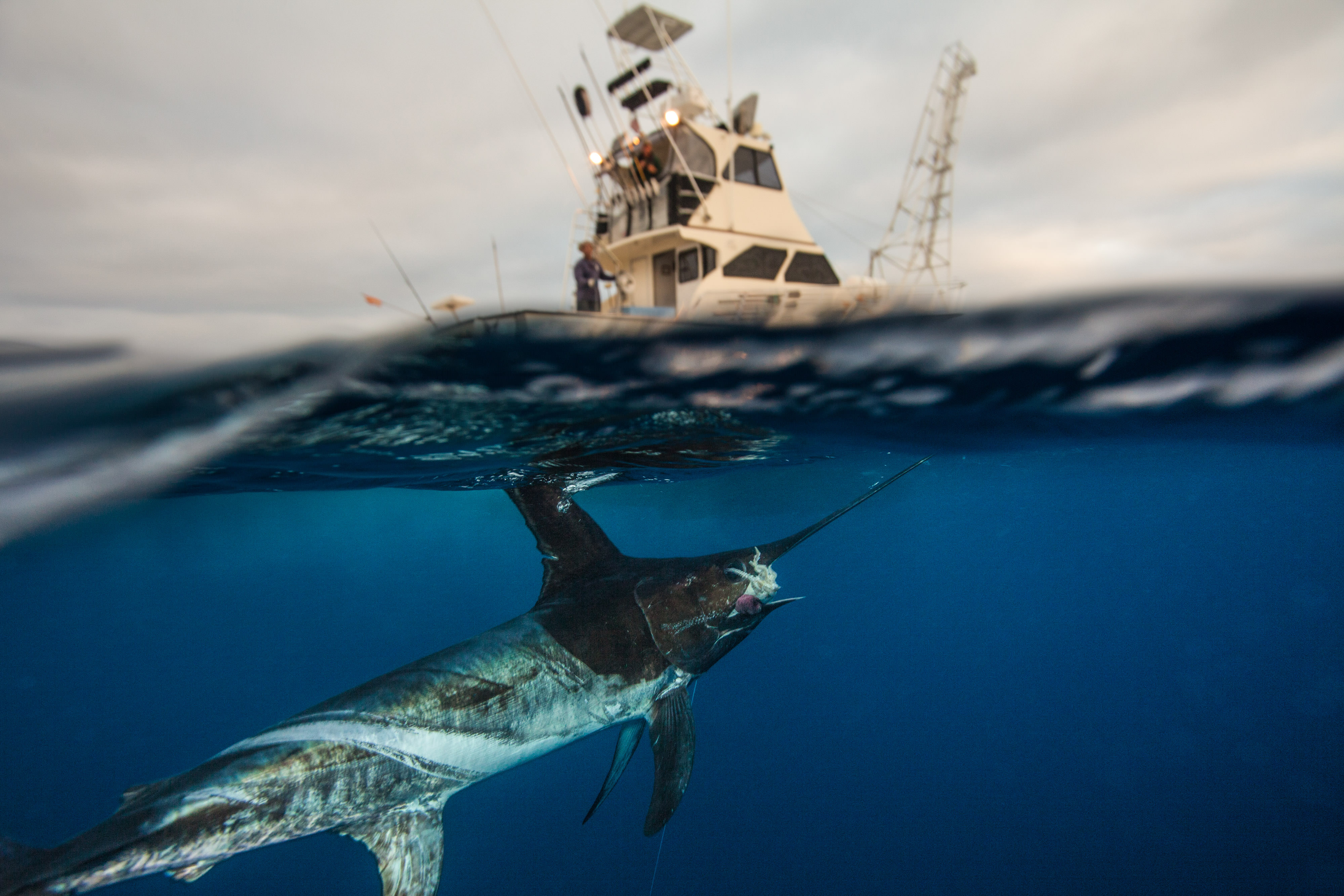
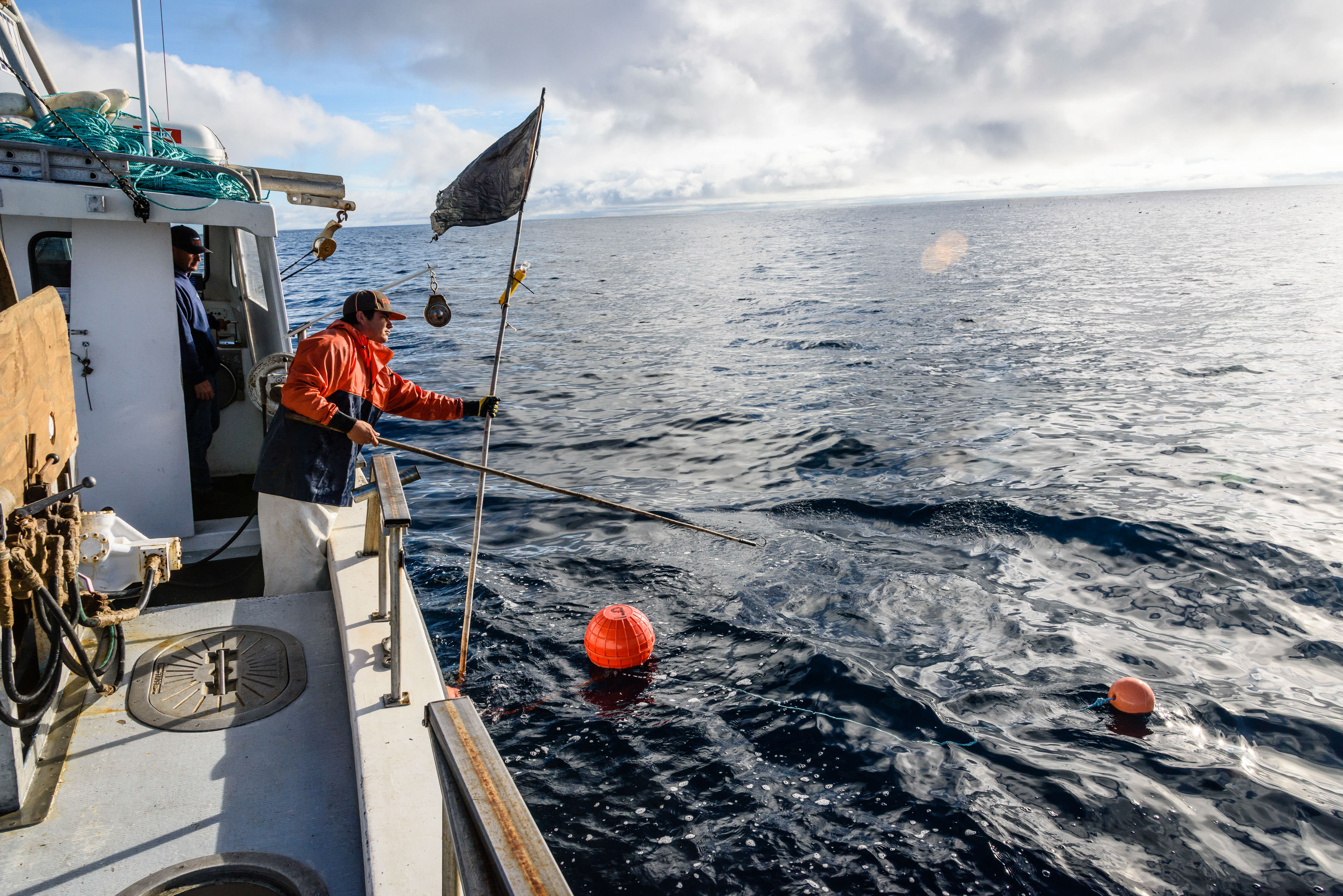
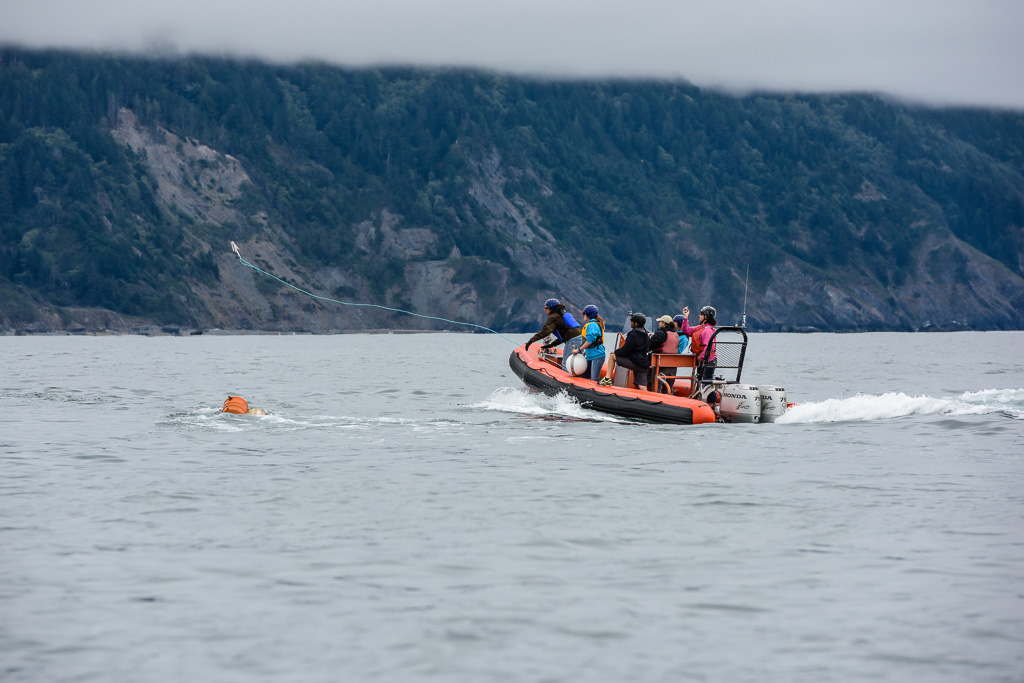

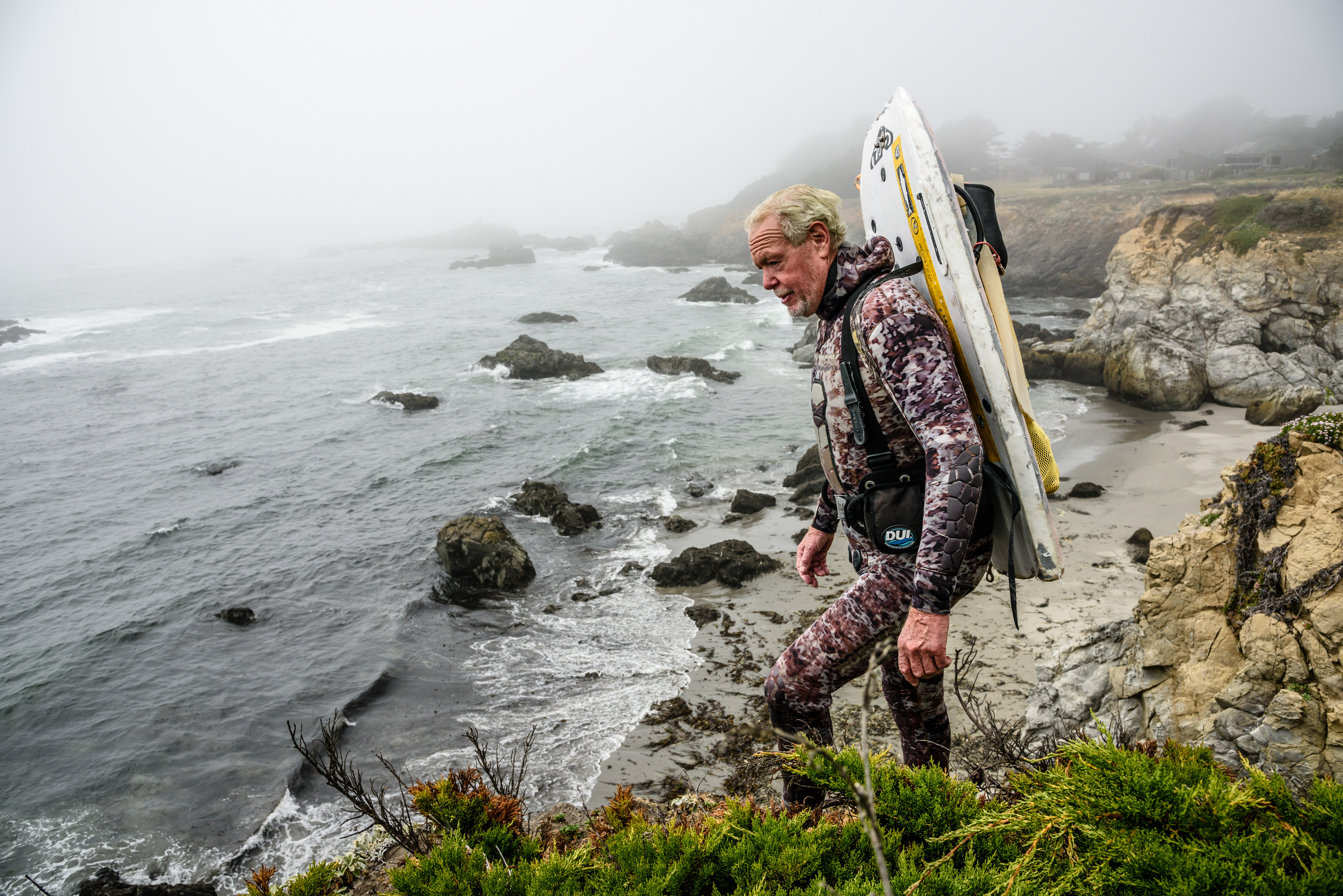
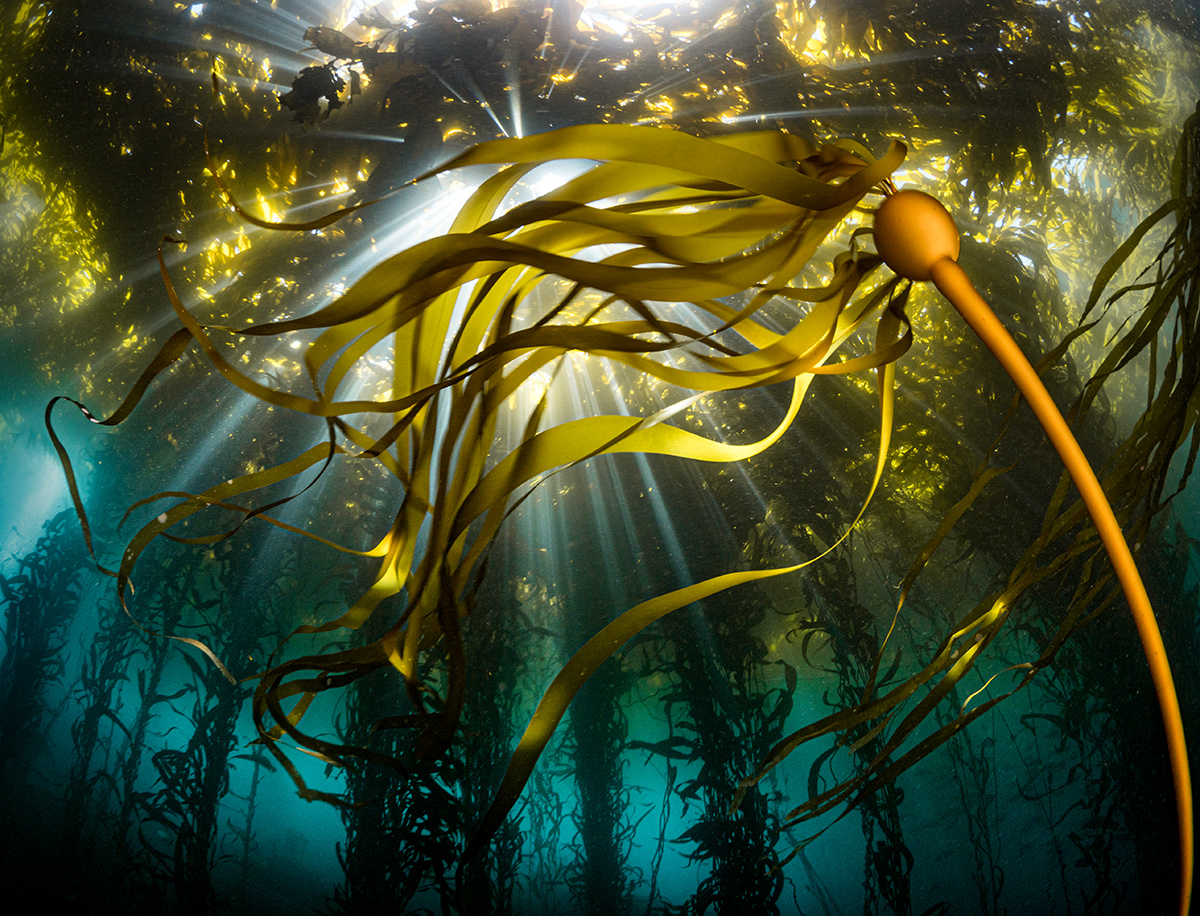
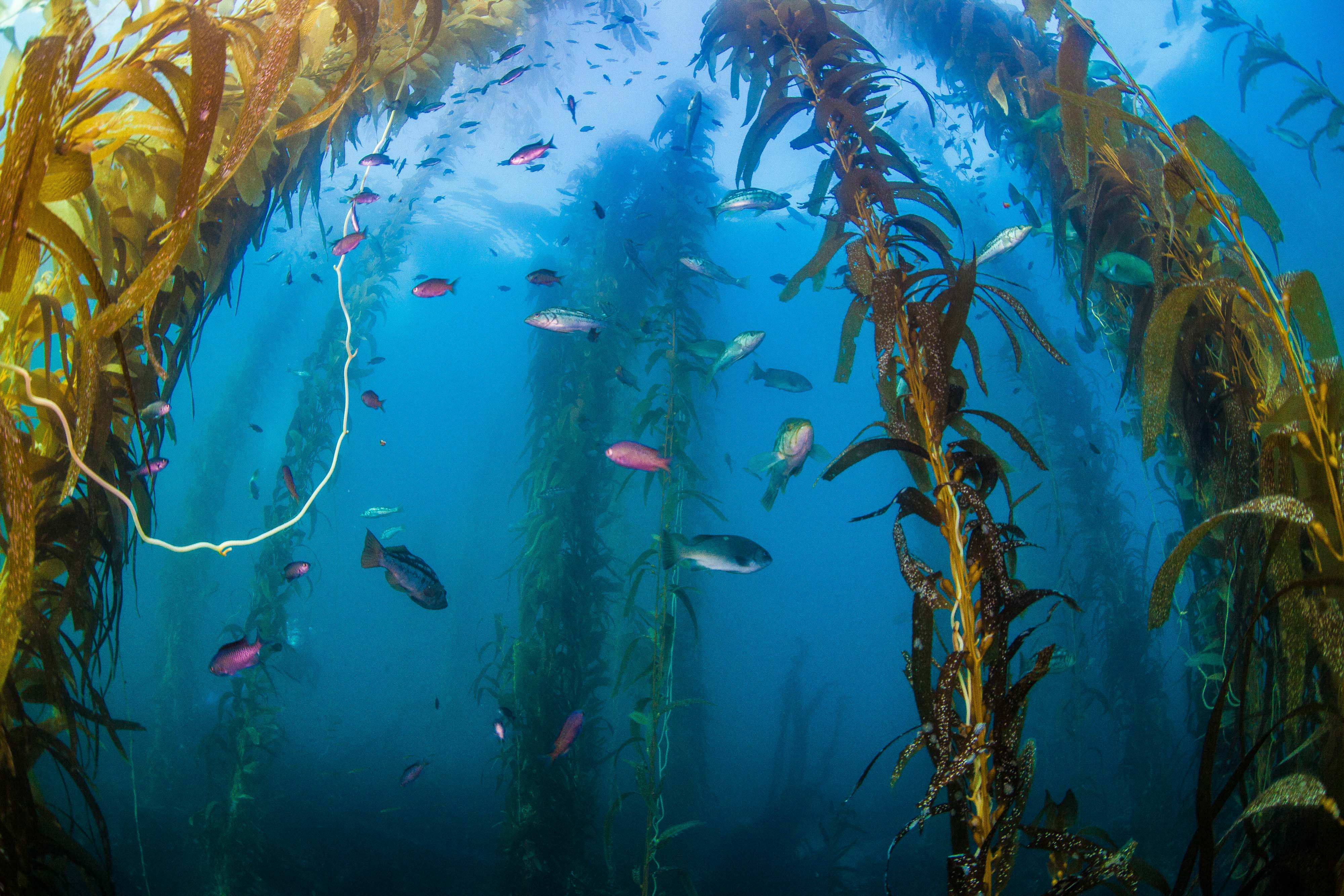











Filling the Data Gaps
One of the biggest challenges facing sustainable fisheries is the lack of information necessary for responsible management. These information gaps mean that managers, fishermen and consumers are less informed and may be more likely to put ocean ecosystems at risk. One of the best ways to address this challenge is to work directly with fishermen, communities and management agencies to build the tools and technology needed to allow fishermen to share real-time catch data with each other and with scientists and managers. We are filling these data gaps by conducting collaborative research with fishermen, academic and agency partners to address key data needs in our priority fisheries.
Transforming Fisheries Management
When fishermen participate in the management of their fisheries, it results in better solutions that support healthy, productive fisheries. By working directly with fishermen to build new tools and engage in demonstration experiments on the water, we are supporting new partnerships to ensure policy changes are informed by science and experience.
Our vision is to transform California’s fisheries, their ecosystems and the communities they support so that they are resilient to a changing climate by revolutionizing how they are managed. Success in California can then be replicated across more fisheries and ocean areas to deliver healthier ocean ecosystems and sustained benefits to people around the world.
Nature doesn’t quit. Neither do we.
Together, we can achieve transformative change on a scale that’s attainable—for kelp, for California, and for the world.
Stand Up for Nature
RECOVER KELP FORESTS
RESTORING AND PROTECTING KELP FORESTS IN A CHANGING OCEAN
California’s incredible kelp forests are a critical ecosystem that is more productive than the Amazon rainforest. A breeding ground for more than 1000 species, they act as a protective blanket for our iconic beaches and have an immense impact on jobs and revenue for our state.
But a perfect storm has destroyed 96% of kelp forests on California’s North Coast.
The combination of warming ocean temperatures and a deadly virus has led to the die off of the sunflower sea star, which has set off a chain reaction resulting in massive loss for kelp. Sunflower sea stars eat purple urchin, and without enough sea stars, the urchin population has exploded to 60 times its usual size. Purple urchin feed on kelp and this ballooning population has eaten its way through much of the kelp forest, resulting in what could be permanent damage to the ecosystem if we don’t find a way to rebalance these species.
Climate-driven changes like those on the North Coast are leading to a massive die-off of kelp forests not only in California, but in places like Australia, Norway and Chile. TNC is committed to leading the way to address this global conservation threat by advancing solutions for protecting kelp forests in California and around the world.
Download
Kelp Conservation







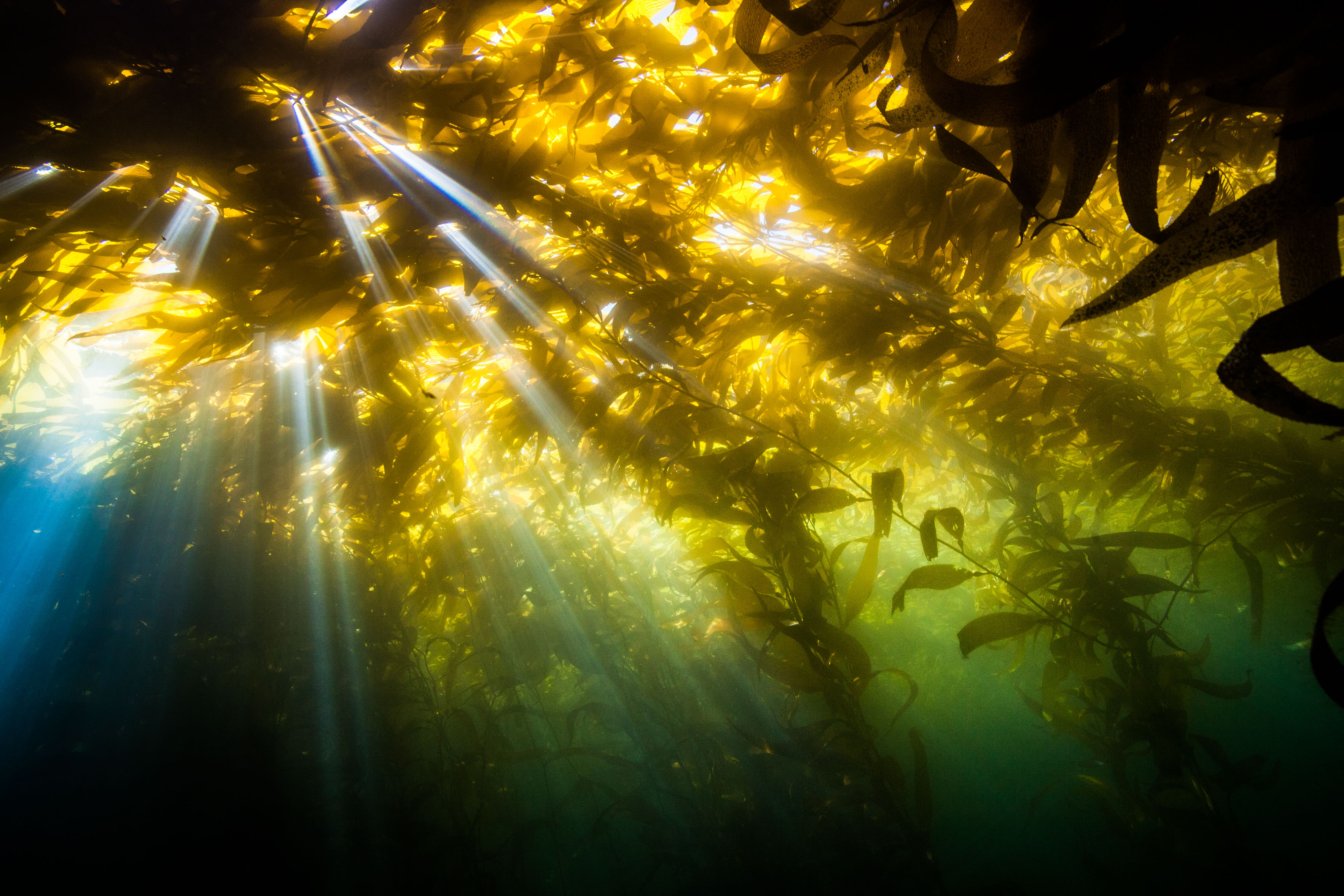
RESTORATION AND ACTION TO PROTECT KELP FORESTS
TNC has experience in restoring millions of acres of forest habitat around the world—and now it’s time to save our ocean forests. With the help of diverse partnerships, we’re launching an ambitious effort to recover kelp at a speed never seen before. We’ve broken this plan into three key components.
- Research: To understand the extent of the problem, we conducted the largest known marine drone mapping survey in California history. Our team was the first to identify accelerating losses of kelp on the North Coast. In just three short years, from 2016 to 2019, we lost an additional 85% of our remaining kelp. If this trend continues, we are at risk of losing our kelp forest altogether.
- Reset: By reducing the urchin population, we can make way for kelp to recover. To give nature a boost, we’ve developed a captive breeding program for the sunflower sea star, the purple urchin's main predator, to safeguard against their loss. Ultimately, we’ll reintroduce the stars to rebalance the ecosystem and keep urchins in check. We’re also supporting the development of an urchin ranching industry that turns purple urchins into valuable seafood, incentivizing their harvest by creating a new market.
- Restore: For the first time, we’re developing a spore bank for bull kelp in order to capture the biodiversity of California’s kelp before it’s gone. The spore bank will house genetic samples as a seed source for restoring healthy and resilient kelp forests in the near future.
With this initiative, we are working to ensure that kelp forests here in California and around the world continue to support the incredible biodiversity and healthy coastal marine ecosystems on which both nature and people depend.
BUILD ISLAND RESILIENCE
Islands are remarkable features of our planet. While representing only 5% of the Earth’s land area, islands host extraordinary concentrations of unique species. They’re also key features of healthy marine ecosystems and support the health and livelihoods of communities across the globe.
Unfortunately, islands are also extinction hotspots—a trend driven largely by invasive species and exacerbated by climate change. These biodiversity losses reduce the capacity of islands to recover from threats in a changing world.
Yet islands give us hope. Conservation action has led to remarkable recovery stories on TNC’s Santa Cruz Island and Palmyra Atoll Preserves, giving us the opportunity to think bigger and leverage this foundation of success.
A Global Vision
With this legacy of successful island stewardship and TNC embedded in multiple island nations, we are embarking on an exciting Island Resilience Program to accelerate the pace and scale of conservation on important island geographies in California and around the world.

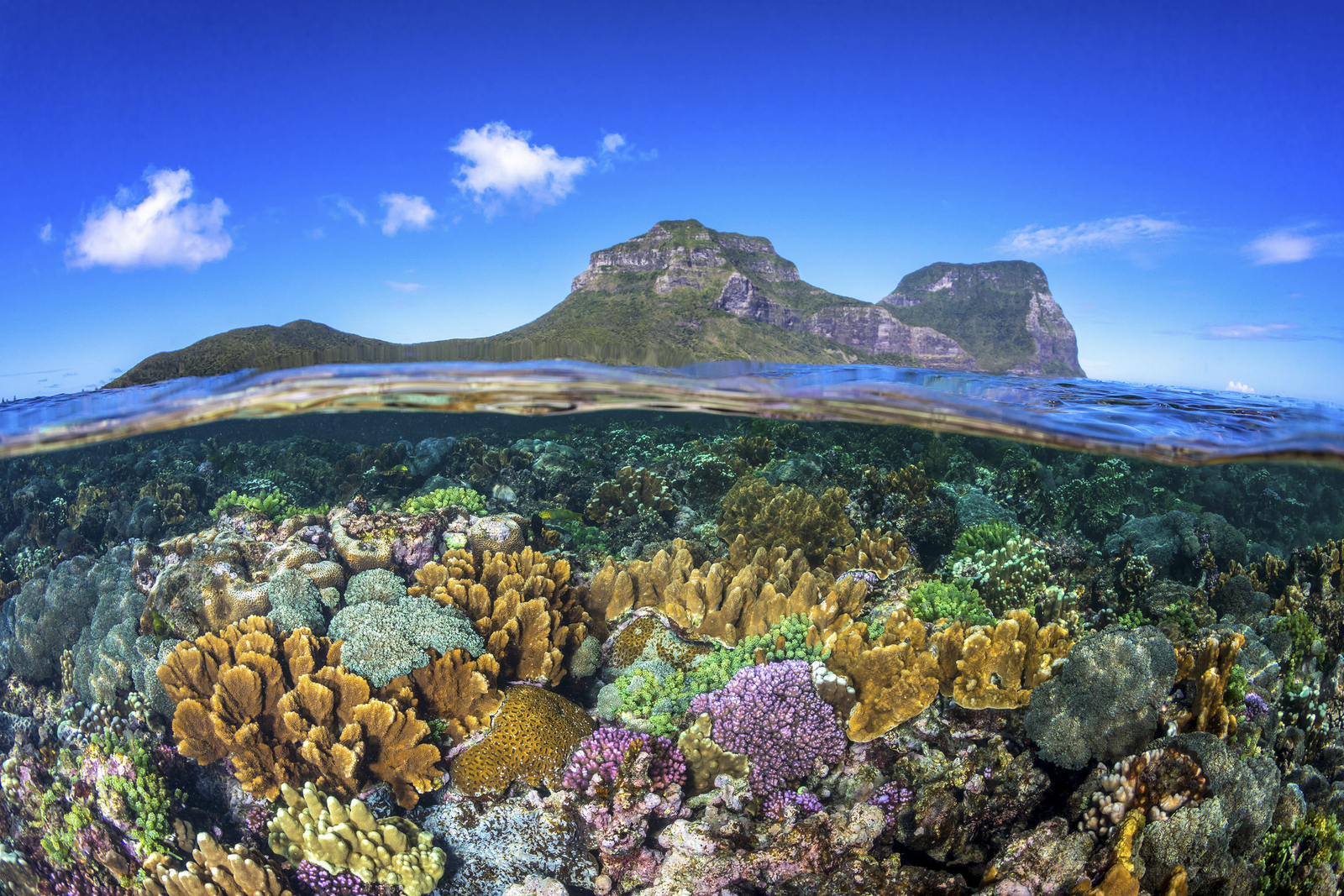






We’re making an impact three ways:
- We’re working with partners to explore opportunities for scaled conservation wins across geographies including all US islands and atolls in the Indo-Pacific.
- We’re demonstrating the opportunity and success rates of proven solutions for islands around the globe, like seabird restoration and invasive mammal eradication. We’re also solving for currently intractable challenges, like avian diseases spread by mosquitos with the Birds, Not Mosquitos partnership.
- We’re enabling solutions at key locations like TNC’s Santa Cruz Island and Palmyra Atoll Preserves to both strengthen the resilience of these special places and demonstrate successful approaches that could be applied elsewhere. Powerful examples include “seabird discotheques,” social attraction beacons that are being used to reestablish these charismatic species and their critical role in island ecosystems, and the translocation of the sihek (Guam Kingfisher).
As global thought leaders, we are making big conservation visions into conservation realities working with partners on islands worldwide. From the birds flying through the sky to the native plants reestablishing themselves to the coral reefs, we are helping island ecosystems recover and thrive.
FIGHT PLASTIC POLLUTION
Looking toward the decade ahead, the health of our oceans will depend not only on what is coming out of the water but also what is going into it. A blue whale’s worth of plastic enters our oceans every nine minutes, and if bold action isn’t taken in the next five years, an additional 80 million metric tons of plastic will be beneath the waves by 2040. TNC is leveraging science, policy and innovation to tackle plastic waste at all levels, from the tiniest microfibers to our plastic takeout containers. Learn more about what we're keeping out:
-

Microfibers
We’ve conducted a flows analysis to estimate of the volume of microfibers that enter the lands and waters off CA from washing synthetic clothing and explore near-term policy interventions.
-

Single-Use Plastics
We’re supporting policies in California that push for statewide reductions in waste generated from single-use plastic packaging, while improving data reporting requirements for retailers to better track progress toward state waste reduction goals.
ACCELERATING CORAL RESTORATION
A Threatened Ecosystem
Coral reefs cover less than 0.1% of the ocean floor, but they support 25% of all marine species. Coral reefs are also essential to many coastal economies, and they help protect the world’s coastlines from dangerous storm surges. At least 500 million people globally rely on coral reefs for food, coastal protection and their livelihoods. In the U.S., annual flood protection benefits and tourism revenue provided by coral reefs amount to more than $4 billion.
Yet coral reefs are also among the most threatened ecosystems on Earth due to climate change and increasing local threats like overfishing, coastal development and pollution. In the last three decades, the world lost 50% of its coral reefs. If we stay on this destructive path, up to 90% are projected to disappear by 2050.
Hope is not lost. The conservation community is working on two critical fronts: reducing threats to reefs and actively restoring coral reefs.
In recent years, exciting progress has been made in coral restoration techniques, but these research efforts take time to translate into field application. Most existing techniques rely on manual labor, making them slow and prohibitively expensive. An average coral restoration project currently covers just over 1,000 square feet, and restoring an acre of reef costs more than $1 million, a price point that prohibits advancing the pace and scale of restoration we need.
We don’t have much time left to secure a future for coral reefs. TNC California’s Oceans Program can make a major contribution to coral restoration by leveraging California’s unique strength as a global leader in technology and innovation and by bringing a diverse mix of partners to the table.
Our Vision for Coral Reefs
Under a business-as-usual scenario, the world’s reefs will likely be gone by 2100. We want coral reefs to thrive and persist well beyond this century. To achieve this ambitious vision, we are focused on three objectives, all designed to massively scale up coral restoration around the world.

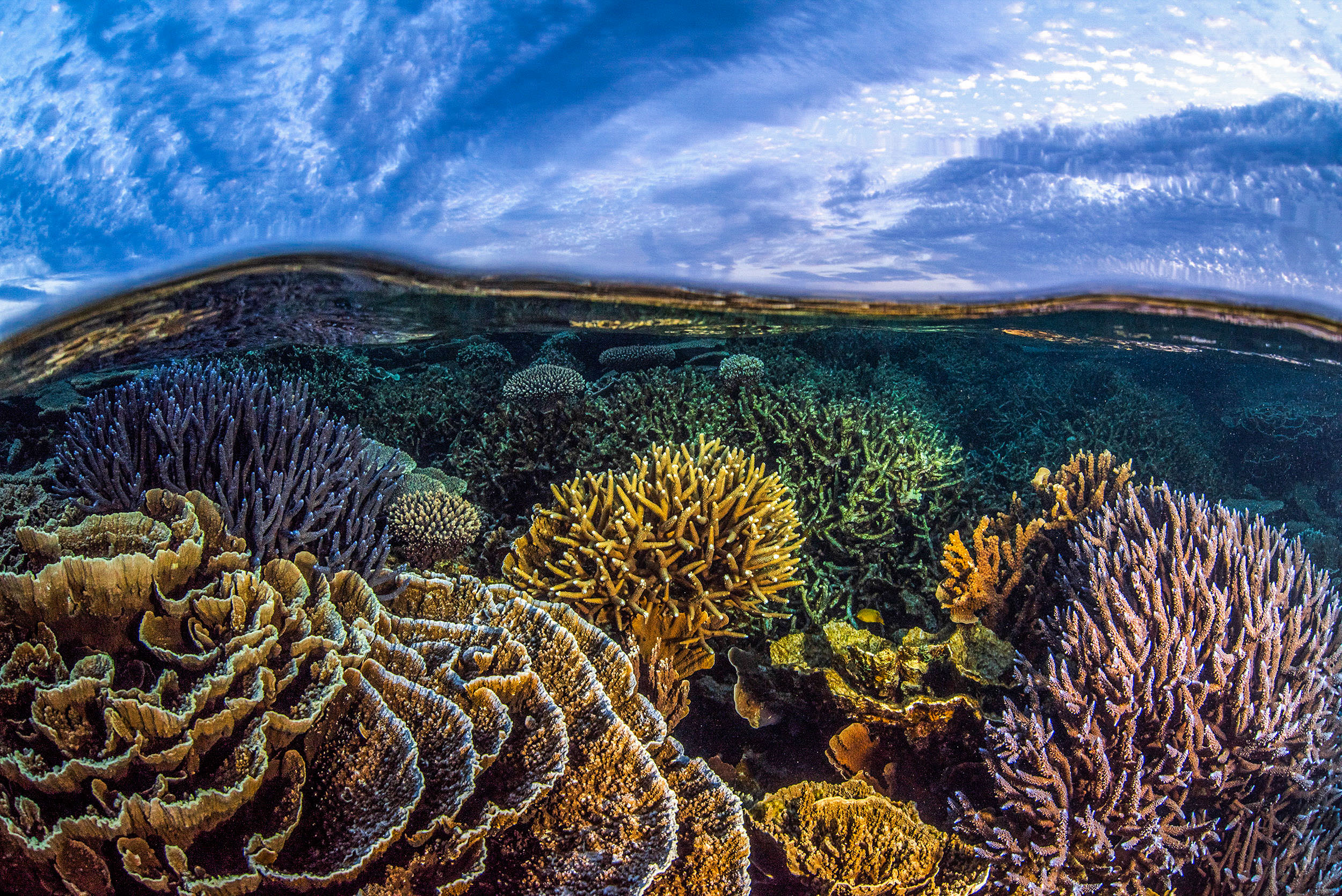






Underwater beauty in Indonesia: Coral reefs are increasingly under threat, and we’re working to scale up coral restoration globally. © Purwanto Nugroho/TNC Photo Contest 2019

Brain Coral: The consequences and implications of coral die-offs are numerous—for marine ecosystems, yes, but also for people around the world.

Caribbean Bluehead Wrasse: Some 200 million people live close to reefs. More than a quarter of all marine species spend at least some part of their life cycle in coral reefs. © Ralph Pace
Reducing Cost
- Our Oceans Team is collaborating with engineers to develop technological solutions to automate the coral growing and outplanting process to radically reduce the cost of coral restoration.
- We are setting up semi-automated, high-capacity coral farms that can produce millions of corals per year.


Increasing Funding
- We are working with partners in academia and the financial industry to identify non-traditional funding sources and mechanisms that can leverage funds from reef beneficiaries such as the tourism industry and coastal property owners.
- We are exploring how we can harness existing hazard-mitigation funding and investments in coastal protection infrastructure to restore coral reefs.
Improving Outcome
- We are working with our colleagues in the Caribbean and the Coral Restoration Consortium to develop an online coral restoration database that allows for easy sharing of restoration project outcomes across the globe. This will help us understand the drivers of success in coral restoration.
With the engineering team, we are developing tools to facilitate the tracking of corals in nurseries and post outplanting. This will help us adjust the nursery conditions and pick outplanting sites that maximize the survival of outplanted coral.
FINS IN THE WATER: TALES FROM THE FIELD
June is Oceans Month, and it’s also field season for ocean recovery work! Our scientists are working on the ground and in the water to help realize our vision of restoring ocean abundance in California and across the Pacific. Dive into some of these amazing projects.
Quote: Kate Kauer
At our recent fisheries team meeting in San Francisco, we had the opportunity to take the ferry across the bay to Sausalito. After we spent the afternoon discussing strategies to conserve marine wildlife like whales off our coast, we were treated to a sighting of a gray whale alongside the ferry.
Phoebe Racine, Estuarine Project Director
"The Elkhorn Slough Research Reserve and TNC convened oyster ecologists, aquaculture specialists, agencies, engineers, and non-profits to build a strategic plan for oyster restoration. Together, we’re creating a long-term vision for oysters in this priority estuary to restore California’s only native oyster species where they were once abundant."





Elkhorn Slough: An aquaculture basket is being used to aid in Olympia oyster restoration efforts in Elkhorn Slough.



Quote: Tom Dempsey
Two weeks ago, I sat in a room filled with community members in Raʻiātea, French Polynesia, listening as a local fisheries data collector presented his findings on coastal fish populations, gathered using a tool and approach developed by TNC.
Riley Hine, PCOR Initiative Project Associate
“We’re part of the Pacific Coast Ocean Restoration (PCOR) Initiative, a network of partners who are kicking off Oceans Month with underwater fieldwork, including white abalone surveys and bull kelp outplanting. On land, we are rearing sunflower sea stars in laboratories to support recovery efforts.”








You can also play a part in ocean recovery! Protect our oceans by reducing your plastic intake and choosing sustainable seafood, or join us in the field as part of the Summer Solstice Sea Star Search, a biannual citizen science event is organized by the California Academy of Sciences, one of our partners in the PCOR Initiative.
THE OCEAN CONNECTS US ALL
We all rely on the ocean; from the oxygen we breathe to our climate and weather, we are connected by the waters that make life on Earth possible. Our California Oceans Team goes to work every day with one goal: protect and restore ocean ecosystems. Join us.

Nature finds solutions. So do we.
Together, we can achieve transformative change on a scale that’s attainable—for our ocean, for California and for the world.

